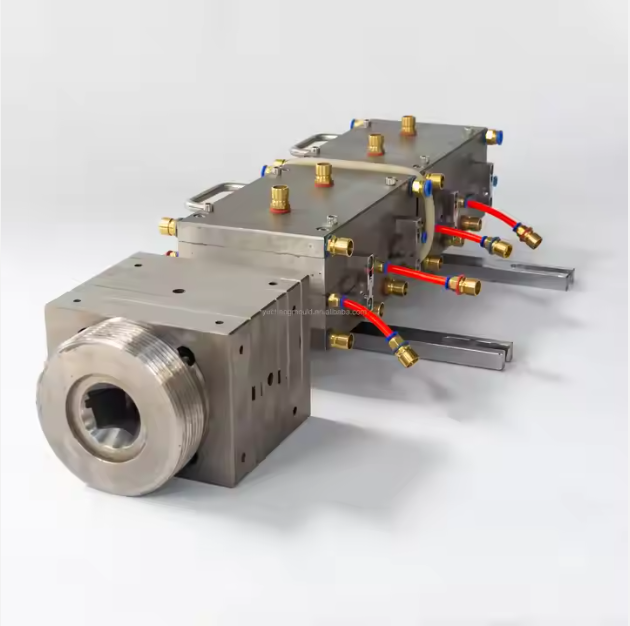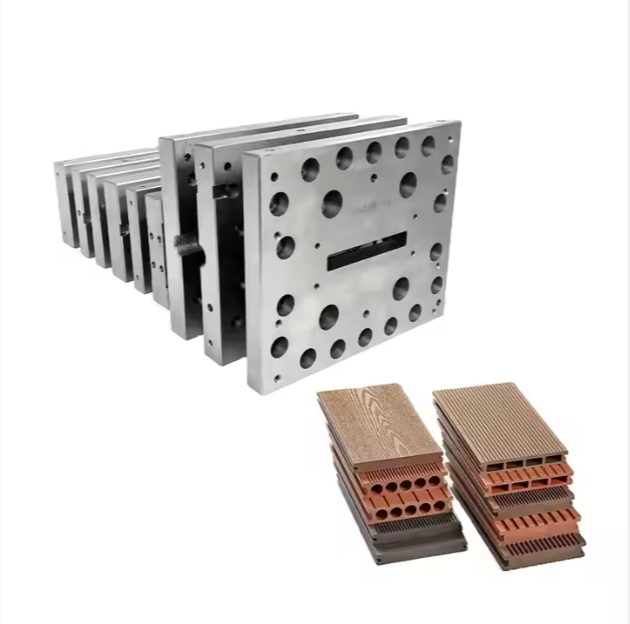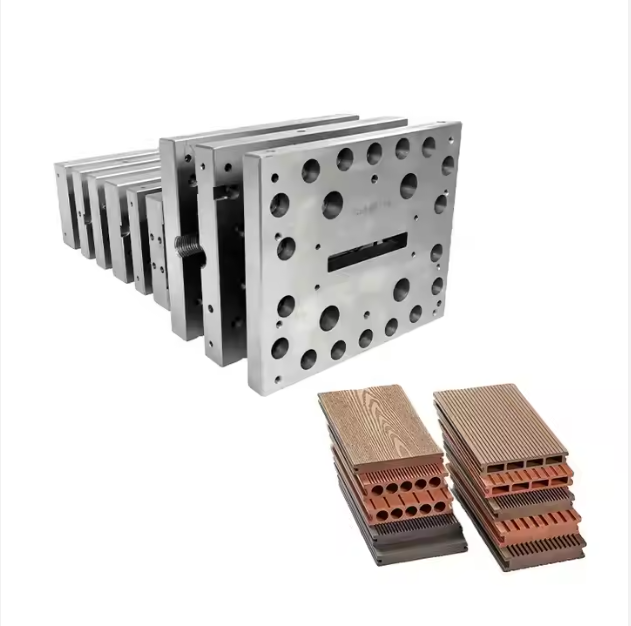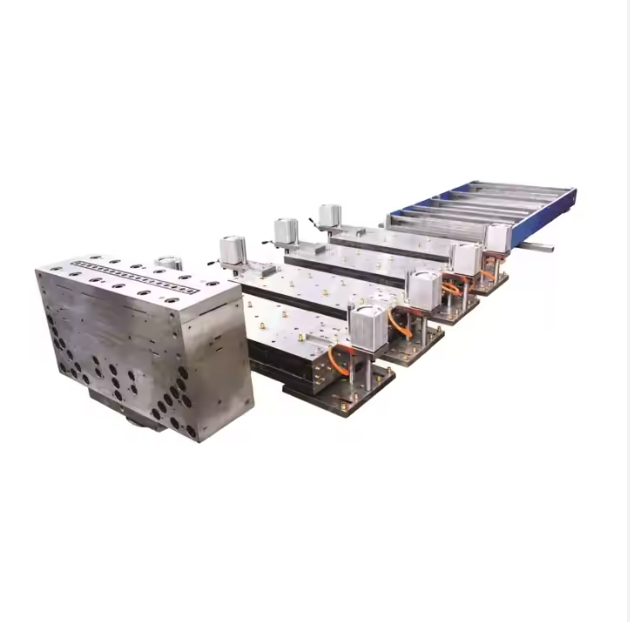What Makes PVC Seal Co-Extrusion Dies So Popular in Modern Manufacturing?
In today’s manufacturing world, efficiency and product performance go hand in hand. One technology that has gained widespread popularity is the PVC seal co-extrusion die. But why exactly is this type of mould becoming the preferred choice across so many industries?
The Basics of Co-Extrusion
Co-extrusion allows multiple materials to be combined into one profile. For seals, it usually means:
-
Rigid PVC for a strong structure
-
Soft TPE or TPV for flexible sealing lips
This combination gives seals both durability and flexibility—a balance that single-material designs often can’t achieve.
Key Benefits of PVC Seal Co-Extrusion Dies
-
Better sealing performance – Flexible edges adapt to irregular gaps.
-
Cost savings – Using rigid PVC as a base lowers material costs.
-
Multi-color options – Different materials can bring more design choices.
-
Longer lifespan – Structural strength means fewer replacements.
It’s like getting the best of two worlds in one product.
Where Are These Seals Used?
PVC co-extruded seals are widely applied in:
-
Doors and windows for better insulation
-
Appliances like refrigerators
-
Vehicles to block dust and water
-
Industrial cabinets requiring tight protection
Chances are, you’ve already come across them today without even noticing.
Why It Matters for Manufacturers
With a reliable co-extrusion die, factories can achieve:
-
Higher production efficiency
-
Consistent quality control
-
Faster time-to-market for new designs
And honestly, who doesn’t want smoother production with fewer headaches?
The popularity of PVC seal co-extrusion dies isn’t a trend—it’s a proven solution that delivers efficiency, quality, and performance. For manufacturers aiming to stay competitive, adopting this tooling is a smart move.







